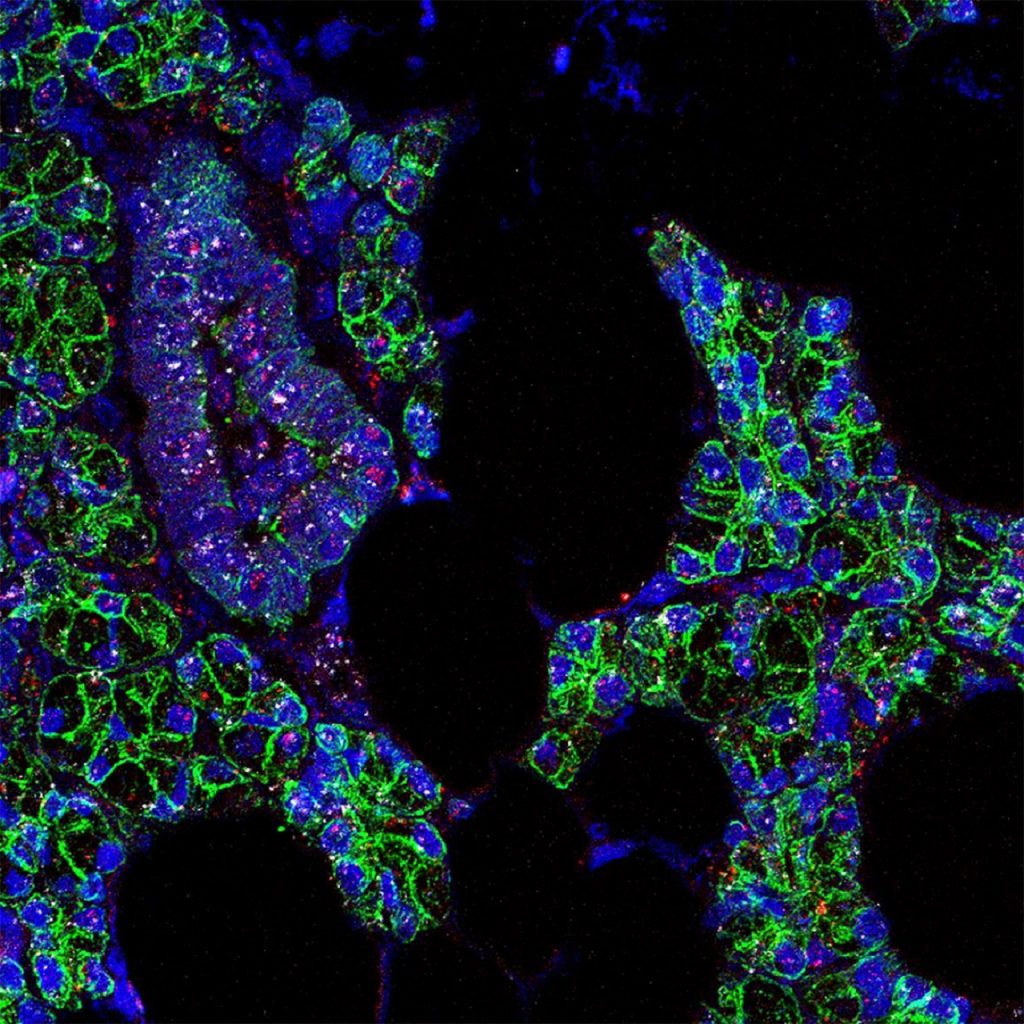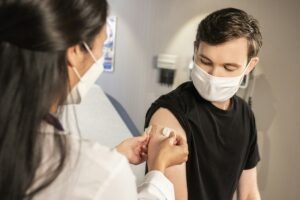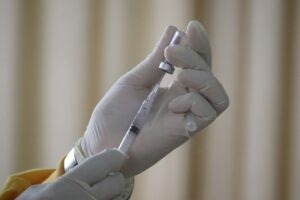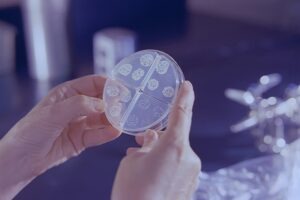An international team led by researchers at the US National Institutes of Health (NIH) and the University of North Carolina at Chapel Hill have found that SARS-CoV-2 virus that causes Covid-19, infects cells in the mouth.

RNA for SARS-CoV-2 (pink) and the ACE2 receptor (white) was found in salivary gland cells, which are outlined in green. Paola Perez, Ph.D., NIDCR. (Credit: NIH…Turning Discovery Into Health.)
Subscribe to our email newsletter
An international team led by researchers at the US National Institutes of Health (NIH) and the University of North Carolina at Chapel Hill have found that SARS-CoV-2 virus that causes Covid-19, infects cells in the mouth.
They have noted that the upper airways and lungs are the primary sites of SARS-CoV-2 virus infection.
There are also clues that the virus can infect cells in other body parts such as the digestive system, blood vessels, kidneys, and now mouth.
In addition, the findings indicate the possibility that mouth plays a role in transmitting the virus to lungs or digestive system through saliva loaded with SARS-CoV-2 from the infected oral cells.
The scientists noted that a better understanding of the involvement of mouth cells could inform strategies to reduce viral transmission within and outside the body.
National Institute of Dental and Craniofacial Research (NIDCR) director Rena D’Souza said: “Due to NIH’s all-hands-on-deck response to the pandemic, researchers at the National Institute of Dental and Craniofacial Research were able to quickly pivot and apply their expertise in oral biology and medicine to answering key questions about COVID-19.
“The power of this approach is exemplified by the efforts of this scientific team, who identified a likely role for the mouth in SARS-CoV-2 infection and transmission, a finding that adds to knowledge critical for combatting this disease.”
As per the previous studies, it is showed that the saliva of Covid-19 infected people can contain high levels of SARS-CoV-2, and that the saliva testing is nearly as reliable as deep nasal swabbing for Covid-19 diagnosing.
Now, they have to figure out where SARS-CoV-2 in the saliva comes from.
For this, the researchers have analysed the healthy people’s oral tissues to identify mouth regions susceptible to SARS-CoV-2 infection.
 Advertise With UsAdvertise on our extensive network of industry websites and newsletters.
Advertise With UsAdvertise on our extensive network of industry websites and newsletters.
 Get the PBR newsletterSign up to our free email to get all the latest PBR
news.
Get the PBR newsletterSign up to our free email to get all the latest PBR
news.

